Are your beautiful cabbage plants being ravaged by unwanted pests? It’s time to meet the culprits behind the damage – cabbage moths and cabbage worms.
These tiny yet notorious creatures can wreak havoc on your precious cabbage crops, leaving you with nothing but disappointment.
Cabbage moths, also known as diamondback moths, are small, greyish-brown insects that flutter around your garden, laying their eggs on the leaves of cabbage plants. These eggs then hatch into cabbage worms, voracious green caterpillars that munch on the leaves, causing unsightly holes and stunted growth.
In this article, we’ll explore the world of cabbage moths and cabbage worms, discover their life cycles, identify signs of infestation, and most importantly, we’ll equip you with effective strategies to control and prevent these pests from destroying your cabbage patch.
What are Cabbage Moths and Cabbage Worms?
Cabbage moths and cabbage worms are common pests that can wreak havoc on your precious cabbage crops. These little critters may seem harmless at first, but let me tell you, they are anything but!
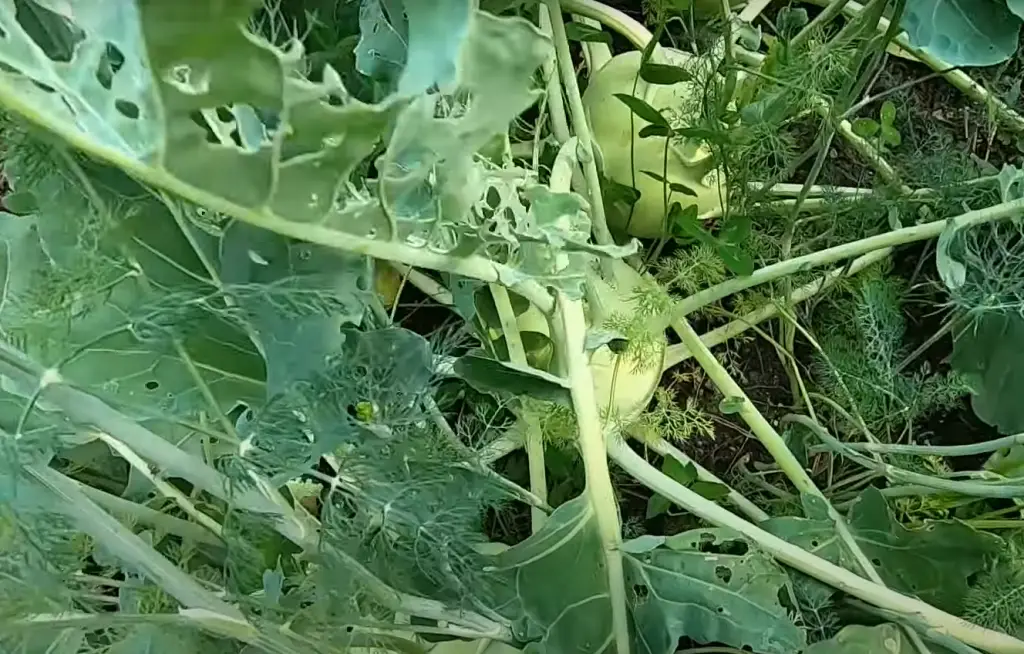
Cabbage moths are small, white butterflies that lay their eggs on the leaves of your cabbage plants. And once those eggs hatch, you’ll be dealing with a whole army of hungry cabbage worms.
These voracious eaters can quickly strip your plants of their leaves, leaving nothing but sad, wilted stalks behind.
There are plenty of ways to combat these pesky invaders and protect your hard-earned veggies. From organic sprays to physical barriers, there are numerous methods to keep them at bay.
Cabbage Worm Life Cycle & Damage Caused
The cabbage moth goes through four stages in its life cycle: egg, larva, pupa and adult.
These eggs hatch into small green caterpillars (also known as larvae), which then feed on the leaves for around two weeks before burrowing into the soil to pupate.
Once the pupa stage is complete, adult moths emerge and the cycle begins all over again. But of course, the damage caused by these pests can be devastating! Cabbage worms will strip your plants of their leaves, leaving behind nothing but a sad patch of wilted stalks.
How to Prevent Cabbage Worms
There are several ways to prevent and control cabbage worms. The most effective way is to use a physical barrier, such as row covers or screens, which prevent the moths from laying their eggs in the first place.
If you notice any signs of infestation (such as small bits of webbing on the leaves), you can also try manually removing them from your plants.
And of course, for those who prefer an organic approach, there are several options available such as neem oil and Bacillus thuringiensis (BT) sprays. These are natural insecticides that can be effective in controlling cabbage worm populations. [1]
Companion Planting to Prevent Cabbage Worms
In addition to physical barriers and organic sprays, companion planting is another great way to protect your cabbage patch. Certain plants have been found to be effective in repelling specific pests – in this case, cabbage moths and worms.

Some good companion plants include mint, petunias, garlic, onions and oregano. Planting these around your cabbage patch will help to create a natural barrier to keep away pesky intruders.
How to Get Rid of Cabbage Worms
Manual Removal
Manual removal is a great way to get rid of cabbage worms and moths. Simply inspect your plants for signs of infestation and pick off any eggs or caterpillars you find.
If necessary, you can also use a hose to spray the pests away from the plants. When removing the worms, be sure to wear gloves (or wash your hands afterwards) to avoid getting stung by their irritating spines.
Floating Row Covers
Floating row covers are lightweight, insect-proof fabrics that can be placed over the tops of your cabbage plants. This will prevent moths from laying their eggs on the leaves and keep out other pests as well.
They’re easy to use – simply lay them over your plants and secure them with cloches or stakes. Make sure to remove the covers when it’s time to harvest! [2]
Plant Purple & Red Varieties
Interestingly, research has shown that cabbage moths tend to stay away from purple and red varieties of cabbage.
Use Polyculture & Companion Planting
Polyculture and companion planting can also help to keep cabbage moths (and other pests) away. Planting a variety of crops together creates an environment that is not conducive to the survival or reproduction of cabbage moths, as they prefer more monoculture-based gardens.
Additionally, certain plants such as onions, garlic and oregano are known for their pest-repelling properties and should be planted around your cabbage patch.
Beneficial Insects
Introducing beneficial insects to your garden is one way to naturally control pests such as cabbage moths and worms. Ladybugs, lacewings and praying mantises are all known for their voracious appetites and can quickly wipe out a whole crop of pesky intruders.

Introduce these helpful critters to your garden by planting native wildflowers or purchasing them from your local garden centre.
Decoy Moths
Lastly, you can use decoy moths to deter cabbage moths from invading your plants. Simply hang up some plastic or rubber moths around the perimeter of your garden.
The real moths will be fooled into thinking they’ve already laid their eggs in this area and will move on in search of a new host plant!
Bacillus Thuringiensis (Bt) Spray
Bt spray is an organic insecticide that is effective against many different kinds of pests, including the dreaded diamondback moth. It works by targeting the larvae stage and disrupting their digestive processes, resulting in death within a few days.
Bt spray should be applied when the eggs first hatch, as it will not be effective against older caterpillars.
Neem Oil Spray
Neem oil is another effective organic insecticide against cabbage moths and worms. It works by interfering with their hormones, causing them to stop feeding and eventually die off.
To prevent larvae from hatching, spray your plants with a solution of neem oil before the eggs have a chance to hatch. For maximum effectiveness, reapply every 7-10 days until you no longer see any signs of infestation.
Safe Cabbage Worm Control
Taking proper precautions and using the right techniques can ensure safe and effective cabbage worm control. Whether you prefer physical barriers or organic sprays, there are several methods to prevent and get rid of these pesky pests.
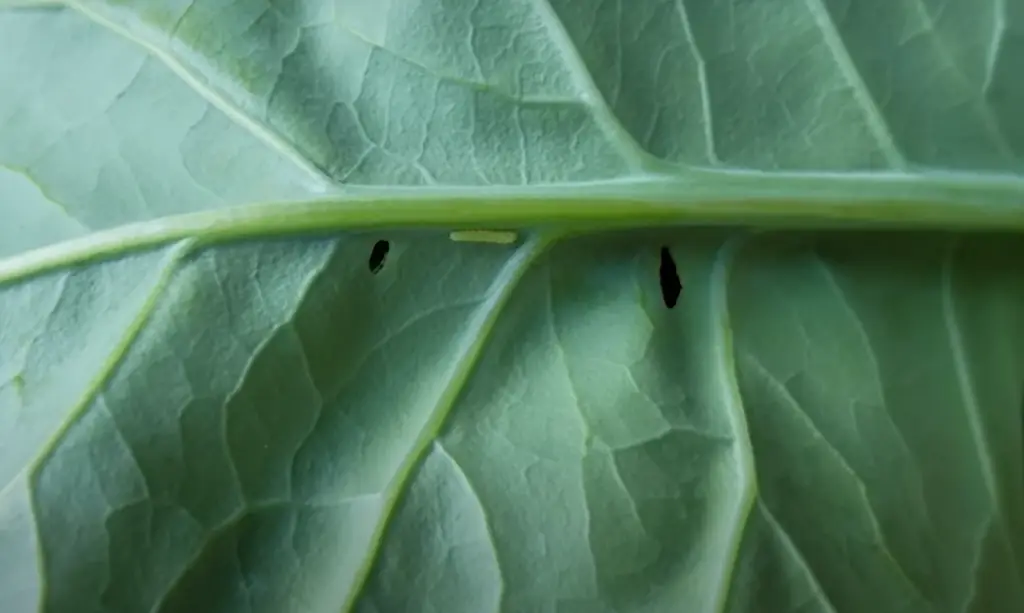
And with a little bit of patience and persistence, your garden will soon be free from the dreaded diamondback moth!
FAQ
What is a natural remedy for cabbage worms?
There are several natural remedies for cabbage worms, such as neem oil and Bacillus thuringiensis (BT) sprays. You can also introduce beneficial insects to your garden or use physical barriers, such as screens and row covers, to keep the moths away.
How do I get rid of cabbage worms?
The most effective way to get rid of cabbage worms is to use a physical barrier, such as row covers or screens.
You can also try manually removing them from your plants or using organic sprays such as neem oil and BT. Planting companion plants around your cabbage patch can also help to repel the moths.
What are some good companion plants for cabbage?
Some good companion plants for cabbage include mint, petunias, garlic, onions and oregano. Planting these around your cabbage patch will help to create a natural barrier to keep away pesky intruders.
Additionally, research has shown that cabbage moths tend to stay away from purple and red varieties of cabbage.
Can I use decoys to repel cabbage moths?
Yes, you can use decoy moths to deter cabbage moths from invading your plants. Simply hang up some plastic or rubber moths around the perimeter of your garden.
The real moths will be fooled into thinking they’ve already laid their eggs in this area and will move on in search of a new host plant!
Will dish soap kill cabbage worms?
Dish soap can be an effective way to kill cabbage worms, as it will strip the wax coating off of their bodies and cause them to dehydrate.
To use this method, mix a few drops of dish soap with a quart of water in a spray bottle and spritz your plants every few days until you no longer see any signs of infestation.
Can cabbage recover from worms?
Yes, cabbage can usually recover from an infestation of worms if the damage is not too severe. To help it heal faster, be sure to remove any affected leaves and treat the plants with an organic insecticide such as neem oil or BT spray.
Additionally, encouraging beneficial insects like ladybugs and praying mantises in your garden will help keep pests away.
What products kill cabbage worms?
Conventional insecticides are effective against cabbage worms and can be used to get rid of them quickly and easily. However, many of these products contain harsh chemicals that can be dangerous for people, pets, and the environment.
Additionally, introducing beneficial insects to your garden can help keep the pests away without the use of chemicals.
What foods flush out worms?
Certain foods can help flush out worms from your system. Foods that are high in fibre, such as fruits and vegetables, can help move the parasites through your digestive tract more quickly.
Additionally, garlic and pumpkin seeds have natural anti-parasitic properties and should be eaten regularly to help get rid of any lingering worms. Finally, drinking plenty of water is also important to help flush the parasites out.
Can vinegar kill cabbage worms?
Vinegar can be an effective way to get rid of cabbage moths, as the acidity will burn their skin and kill them. To use this method, mix a 1:1 ratio of vinegar and water in a spray bottle and spritz your plants every few days until you no longer see any signs of infestation.
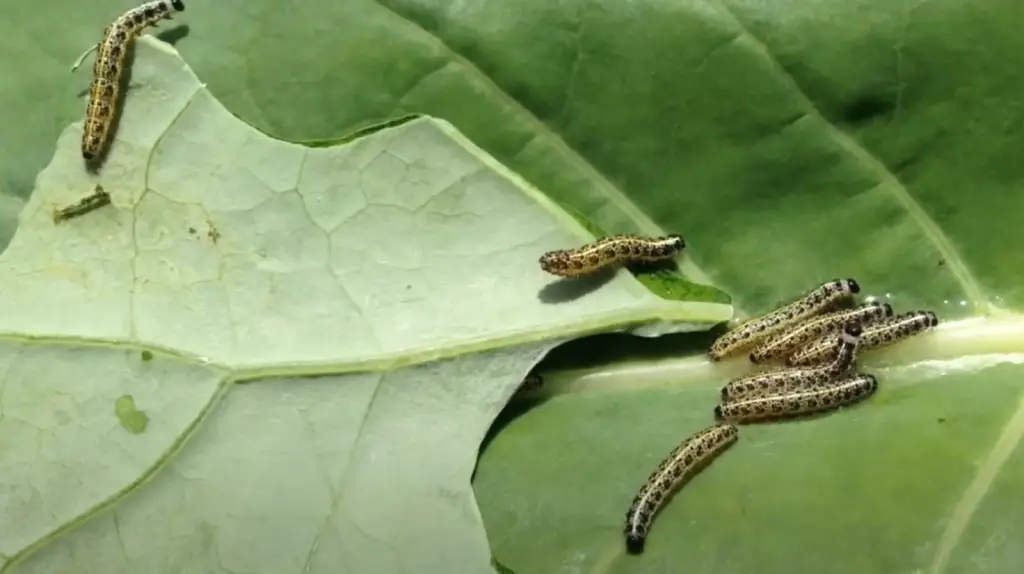
Make sure to avoid getting any vinegar on the leaves of your plants, as this can cause them to burn. Additionally, you should always test a small area before applying vinegar to your entire garden.
What predators eat cabbage worms?
There are a variety of natural predators that can help keep cabbage worms at bay, such as ladybugs, parasitic wasps, birds and praying mantises. Introducing these beneficial insects to your garden will help ensure the pests don’t have a chance to cause too much damage and will provide your plants with some added protection.
Additionally, planting companion plants around your cabbage patch can also help to repel the moths.
Are there any chemical-free ways to get rid of cabbage worms?
Yes, there are several chemical-free ways to get rid of cabbage worms. Physical barriers such as row covers and screens are effective at keeping the moths away from your plants. You can also introduce beneficial insects to your garden or use organic sprays such as neem oil and BT.
Planting companion plants around your cabbage patch can also help to repel the moths. Additionally, using decoy moths and encouraging beneficial predators like ladybugs and praying mantises can both help keep the pests away without using any harsh chemicals.
What are some tips for preventing cabbage worms?
The best way to prevent cabbage worm infestations is to practise good garden management. Inspect your plants regularly and remove any eggs or larvae that you find as soon as possible. Additionally, using physical barriers such as row covers and screens can help keep the moths away from your plants.
You can also try planting companion plants around your cabbage patch or introducing beneficial insects that will help keep the pests away. Finally, research has shown that purple and red varieties of cabbage are less attractive to cabbage moths, so consider planting these colours in your garden for added protection.
Do companion plants really work?
Yes, companion plants can be effective at deterring pests such as cabbage moths. Planting certain herbs and flowers around your cabbage patch can help create a natural barrier to keep away pesky intruders.
Additionally, research has shown that some flowers, like petunias and marigolds, are especially effective at repelling the moths. Planting these varieties in your garden can provide your plants with some extra protection.
What is the best way to get rid of cabbage worms?
The best way to get rid of cabbage worms is to use a combination of methods. Physical barriers such as row covers and screens are effective at keeping the moths away from your plants.
Additionally, introducing beneficial insects like ladybugs and praying mantises can help keep pests away without using any harsh chemicals.
You can also use organic sprays such as neem oil or BT to kill any worms that may be present. Finally, planting companion plants around your cabbage patch can help repel the moths and keep them away from your crops.
How long do cabbage worms live?
Cabbage moths typically live for about one month. During this time, they will lay up to 500 eggs which can hatch into larvae in as little as five days. The larvae will then feed on the leaves of your plants until they are mature enough to pupate and emerge as adult moths.
Therefore, it is important to take action as soon as you notice any signs of infestation to prevent the moths from causing too much damage.
What vegetables are most vulnerable to cabbage worms?
Cabbage worms feed on a variety of vegetable crops, but some are more vulnerable than others. Broccoli, cauliflower, and Brussels sprouts are all particularly susceptible to infestations.
Additionally, root vegetables such as turnips and radishes can also be affected. Therefore, it is important to inspect your plants regularly for any signs of infestation and take action quickly if you notice any worms or eggs present.
Can I use mulch to keep cabbage worms away?
Yes, using mulch in your garden can help keep cabbage moths away. The mulch will create a physical barrier that the moths will not be able to cross, thus preventing them from accessing your plants.
Make sure to use an organic mulch such as straw or wood chips, as this will provide additional protection due to its natural repellent properties. Additionally, you should regularly inspect your plants and remove any eggs or larvae that you find as soon as possible.
Does cold weather kill cabbage worms?
Cold temperatures can be effective at killing off cabbage moths. If the temperature drops below freezing, the larvae and eggs will not survive. Additionally, colder temperatures will also slow down the rate of reproduction for any moths that are still present in your garden.
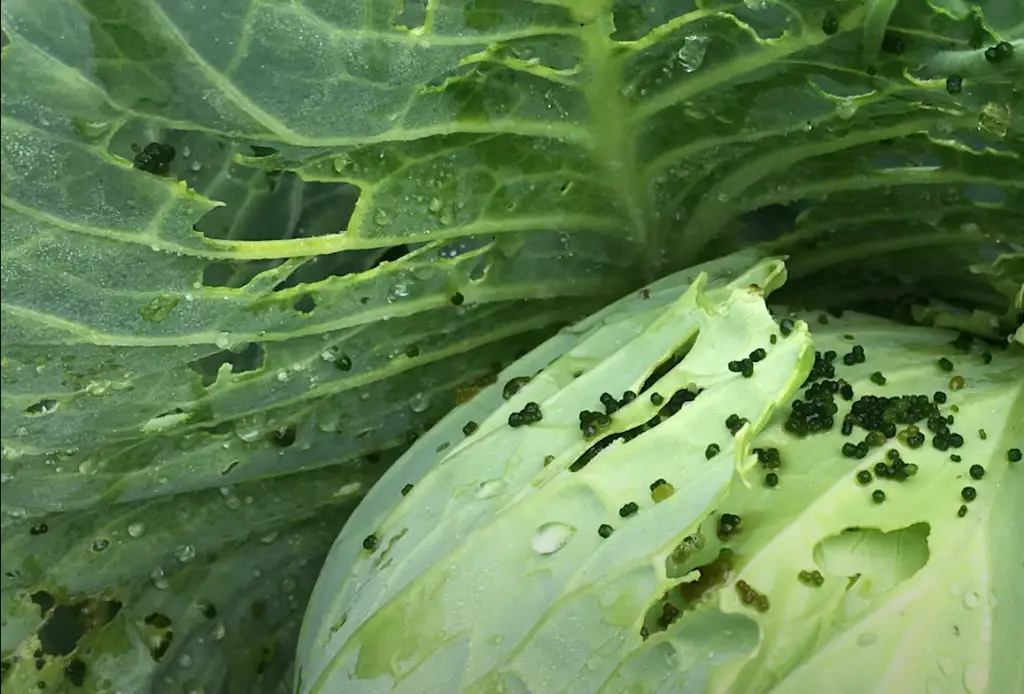
Therefore, it is best to take action as soon as you notice an infestation to prevent the moths from having a chance to reproduce and cause further damage.
Can I use beneficial nematodes to get rid of cabbage worms?
Yes, beneficial nematodes can be an effective way to control cabbage worm infestations. These microscopic organisms will attack and kill the larvae while leaving your plants unharmed.
They can be purchased in powder or liquid form and are easy to apply. Additionally, they can be used in conjunction with other methods such as physical barriers and companion planting for added protection.
Do cabbage worms only eat cabbage?
No, cabbage worms feed on a variety of vegetable crops. In addition to cabbage, they can also feed on broccoli, cauliflower, Brussels sprouts, root vegetables such as turnips and radishes, and other greens like kale and Swiss chard.
Therefore, it is important to inspect your plants regularly for any signs of infestation and take action quickly if you notice any worms or eggs present.
Can I use bird netting to keep cabbage worms away?
Yes, using bird netting is an effective way to keep cabbage moths away from your vegetable garden. The netting will create a physical barrier that the moths will not be able to cross, thus preventing them from accessing your plants.
Make sure to use a fine mesh netting, as this will provide the best protection against the moths. Additionally, you should regularly inspect your plants and remove any eggs or larvae that you find as soon as possible.
Useful Video: Get Rid of Cabbage Worms– Natural Solutions
Conclusion
Cabbage worms can be a real nuisance in the garden, but the good news is that there are several ways to prevent and control these pests.
By practising good garden management, using physical barriers such as row covers and screens, planting companion plants, introducing beneficial insects, and using organic sprays like neem oil or BT, you can keep your cabbage patch safe from these pesky intruders.
So remember, with the right precautions and a bit of patience, you can help protect your garden from cabbage moths and the damage they can cause. Happy gardening!
References:
- https://kellogggarden.com/blog/gardening/how-to-get-rid-of-cabbage-worms/
- https://homesteadandchill.com/get-rid-of-cabbage-worms/





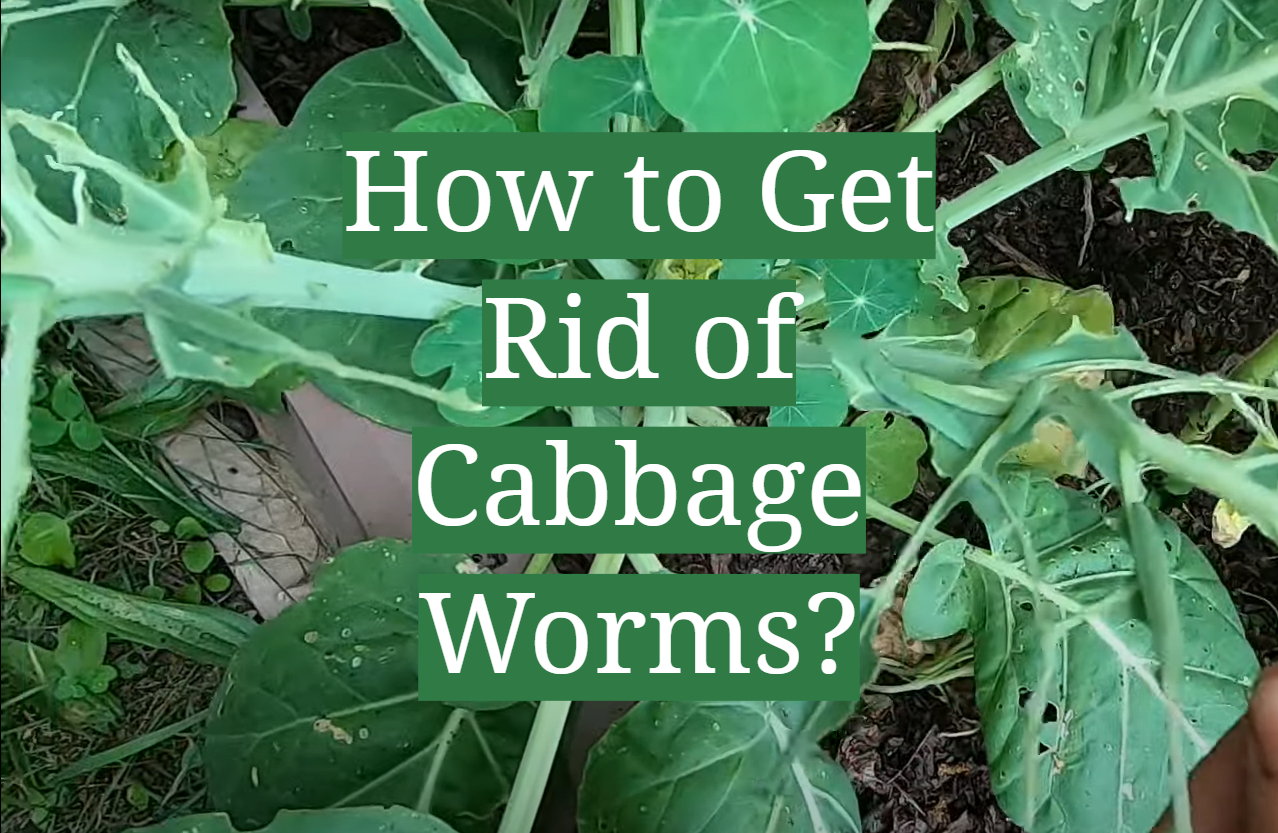
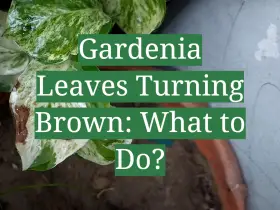


Leave a Reply
View Comments